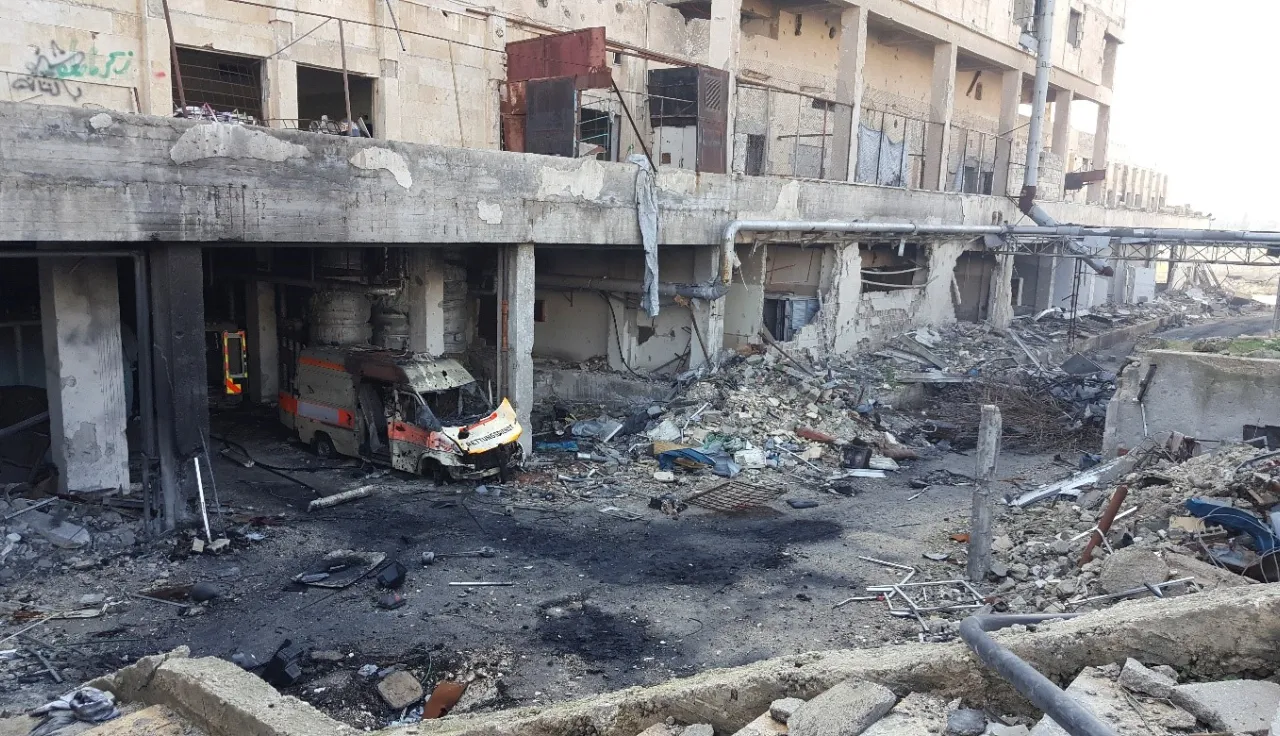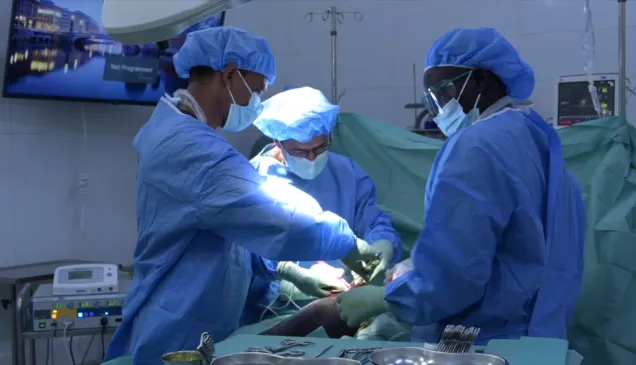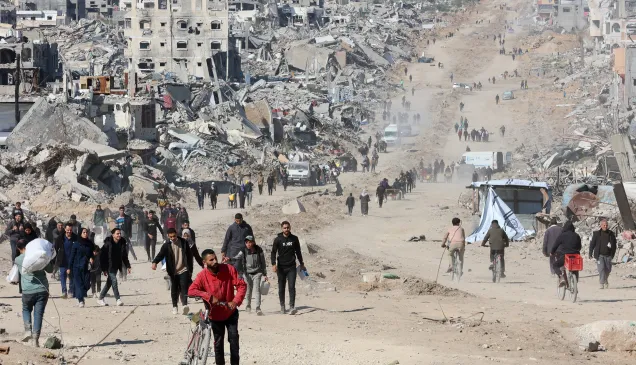New tool helps hospitals prepare to face violence

The Security Survey for Health Facilities is a new tool to help hospitals and other health-care facilities prepare for attacks against them and improve the safety and security of patients and health workers.
It was developed by the ICRC – with the support of the International Hospital Federation (IHF), the World Health Organization (WHO) and Médecins Sans Frontières (MSF) – as part of the Health Care in Danger (HCID) initiative. Federico Sittaro from the ICRC's Water and Habitat Unit tells us more.
What's the survey for?
The survey is a tool to assess how prepared a health-care facility is and whether it could continue operating in the midst of an armed conflict or an outbreak of serious violence. It shows what steps need to be taken to prepare a facility beforehand.
The survey consists of three modules. Users answer a set of multiple-choice questions to rank the risks facing their facility. There's a manual that goes with it that helps users answer the questions.
Why did you come up with a survey?
A few years ago, an ICRC study of more than 2,000 violent incidents found that over half the attacks on health-care services had been directly against health-care facilities or had taken place inside or near them. So it's essential that we think about facilities' resilience and preparedness and how they contribute to the safe delivery of health care.
We suggested developing a straight-forward tool that would assess the risks facing health-care facilities, the potential effects of violence and, importantly, how to mitigate these risks.
How did you come up with the survey?
We looked at the recommendations developed by the HCID initiative, particularly those set out in Ensuring the Preparedness and Security of Health-Care Facilities in Armed Conflict and Other Emergencies. We also drew on the methodology developed by the WHO and the Pan American Health Organization (PAHO) for the Safe Hospital Index.
Who should use the survey?
It's been developed primarily for people who manage hospitals or other health-care facilities, or who work closely with them. We really encourage people from different parts of the health-care facility to get together to carry out the survey. It covers a number of areas of expertise, such as security, human resources and technical know-how, so the more people involved, the more useful it is. And because of this, we've really tried to make it as simple and user-friendly as possible.
I'm confident we succeeded.
What's been the reaction so far?
We've already had some positive feedback from colleagues from the ICRC and MSF Switzerland, who have tested the survey in places where there is armed conflict. People generally find it straightforward and easy to use and a quick way of generating results on which they can base their decisions. The clever thing is that as soon as you put in your answers, you get a result straight away because of a built-in algorithm. That means you can get an idea of what direction you should take very quickly, which people really like.
The tool is open source, so anyone concerned about the safety of a health-care facility can use it. I really encourage everyone to do so and to pass it on.
Fill the form below to download the tool and the associated user manual.
Health Care in Danger is an initiative of the International Red Cross and Red Crescent Movement to make access to, and delivery of, health care safer in armed conflict or other emergencies. This initiative calls for the respect and protection of health-care workers, facilities and vehicles and the implementation of a series of recommendations and practical measures to safeguard health-care services and their humanitarian mission. This initiative is supported by a number of partners, individuals and organisations, members of the Health Care in Danger Community of Concern.
For more information about the Health Care in Danger project:
• Visit the Health Care in Danger website
• Join our online community
• Follow @HCIDproject on Twitter and join our call to #protecthealthcare
• Sign up to our newsletter and stay informed



